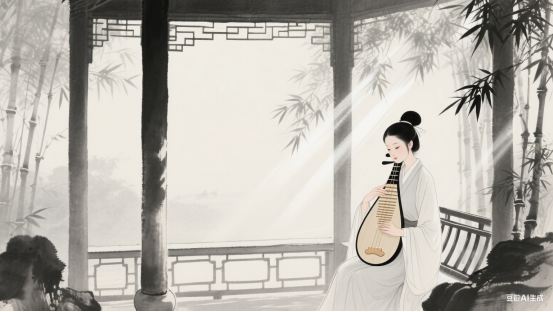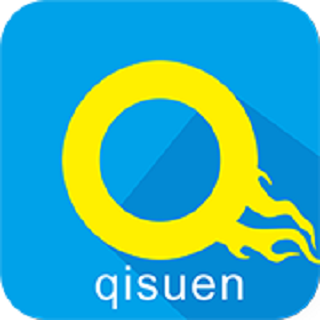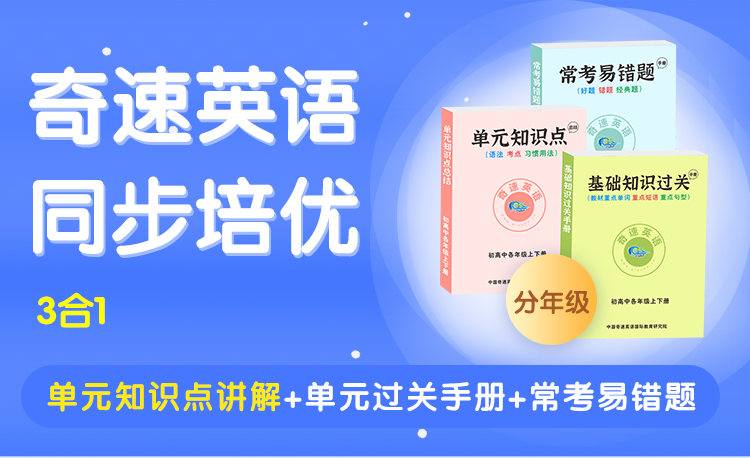
The pipa is a well-known Chinese musical instrument. Its name comes from the two main playing techniques: “Pi” and “Pa”. The instrument gained this name during the Sui and Tang Dynasties, while its physical form became fixed later, during the Ming and Qing Dynasties.
The Tang Dynasty marked a period of great popularity for the pipa. Frequent musical competitions during this time helped musicians develop and improve their playing skills significantly. This lively environment pushed pipa performance techniques forward.
Pipa music, passed down through history, falls into three main types. The first is the literary score, which aims to express deep feelings. This style features soft, smooth, and light music. Famous examples include The Moonlit Night on Spring River and The Imperial Palace Autumn Moon. The second type is the martial score. This style is strong and powerful, often describing exciting battle scenes. Key pieces in this style are Surrounded on All Sides and The Overlord Doffs His Armor. The third type, the big score, is known for being active and free in its expression.
Centuries of development have given the pipa a rich collection of music and highly developed playing methods. An important collection, the Huaqiuping Pipa Score, published in 1818, gathered more than ten complete pieces. Later, Shen Hao, part of the Pudong School tradition, wrote the Yangzhengxuan Pipa Score in 1929. This work recorded the special playing techniques of the Pudong School. The 20th century saw important contributions from musicians like Liu Tianhua and Hua Yanjun. Both were famous for playing the pipa and for writing new music for it, helping the instrument develop further.
Modern times continue this tradition of innovation. The well-known pipa player Liu Dehai composed a famous concerto called The Brave Sisters on the Grassland. This piece not only introduced new playing techniques but also explored fresh possibilities for pipa performance. The pipa’s long journey shows its lasting importance in Chinese music, constantly finding new ways to express beauty and emotion.
原创编写 版权所有 侵权必究! 每日更新 个性化阅读 英语飙升!






 更多优质学习内容
更多优质学习内容



